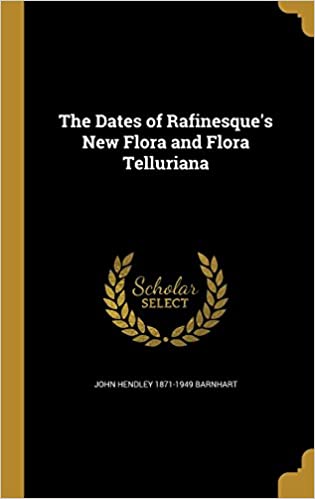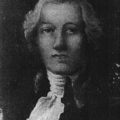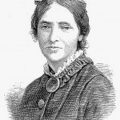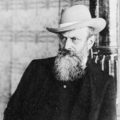John Hendley Barnhart
The Botanist Biographer
Today is the birthday of the Master Collector of Botanists, John Hendley Barnhart, who was born on this day in 1871.
Barnhart was an American botanist who specialized in the biographies of other botanists. Like many botanists, Barnhart came to botany through medicine. After training to be a doctor, he never practiced medicine and instead turned his full-time attention to botany.
Barnhart is remembered for his work at the New York Botanical Garden (NYBG), where he served as the Bibliographer of the Garden from 1913 to 1942. An amateur genealogist, his famous biographical index of botanists, included over 20,000 cards.
Barnhart's strength was Input; he collected vast amounts of information, stored it, and retrieved it for experts when called upon. His obituary stated that scientists all over the world leveraged Barnhart for their research.
An article featured in The Nebraska State Journal from December 12, 1919, had a fascinating headline, "Famous Botanists Who Never Breathed."
"Dr. Barnhart declares that the subjects of eleven biographical sketches of botanists in Appleton's Cyclopaedia of American biography are figments; that their births, their names, their voyages, their scientific adventures and their numerous books, so solemnly given by title and number of volumes, existed only in the mind of some falsifier of the human record.
For instance, an Alexander Daniel Koehler, who, inspired by Humboldt, came to America, lived for seven years at Santa Fe, explored South America and wrote, among many other works, "Flora Brasiliensis," published in four volumes in Berlin in 1821-23."
Barnhart believed that the eleven fake botanist biographies were the work of one person... but we don't know who or why they did it.
The was another fun newspaper account of Barnhart. This one was from The Brooklyn Daily Eagle from April 27, 1934. It gave a report of a lecture by Barnhart on the wildflowers of North America. He said,
"... buttercups and bright red columbines that once covered the countryside are in increasing danger of extinction as a result of the depredations of motorists. The only flowers free from danger are those which, like water lilies and marigolds, are naturally difficult of access.
The purplish-white blossoms of mountain laurel are generally conceded to be the loveliest of North American wild flowers.
Drosera, (commonly known as the sundews) the only carnivorous Northern flower, that trips and devours tiny insects by means of sticky, porous leaves, is a demure, deceptive yellow blossom.
The coy trillium and the strange, bloated pitcher flower are among the curiosities of this part of the world, while the airy white flower genially named Dutchmen's breeches looks the most nonchalant.
Certain flower names, like those of the rose and the lily, have come down to us almost unchanged since ancient times, and are practically similar in all European languages."
This post was featured onThe Daily Gardener podcast:
helping gardeners find their roots,
one story at a time






